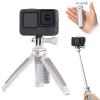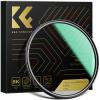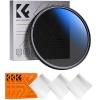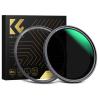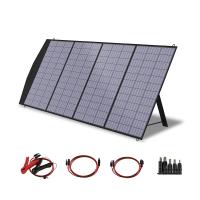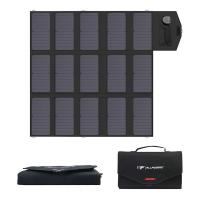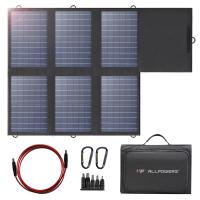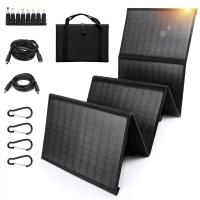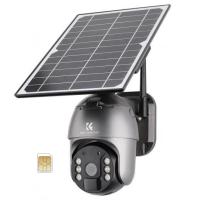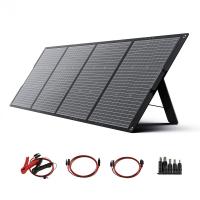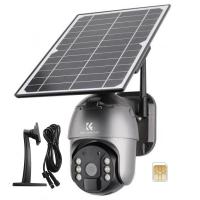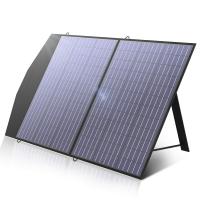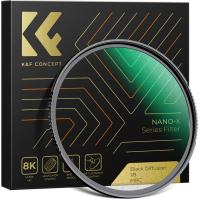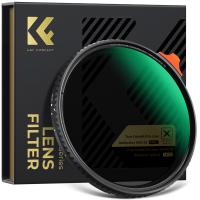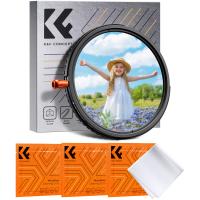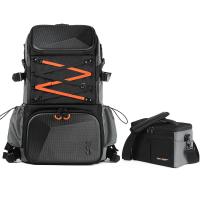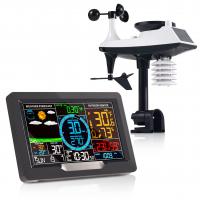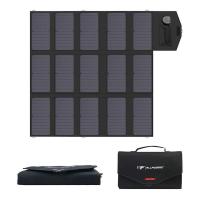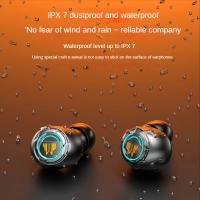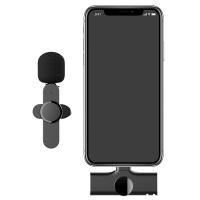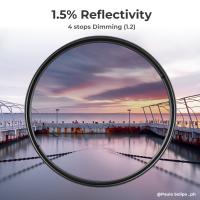How To Charge Solar Panel Without Sun?
Charging Solar Panels Without Sun: Exploring Alternative Methods
Solar panels are a fantastic way to harness renewable energy from the sun, but what happens when the sun isn't shining? Whether it's due to cloudy weather, nighttime, or geographical limitations, there are times when solar panels can't rely on direct sunlight. Fortunately, there are several alternative methods to charge solar panels without the sun. This article will explore these methods, providing practical solutions for maintaining energy production even in less-than-ideal conditions.
Understanding Solar Panel Basics
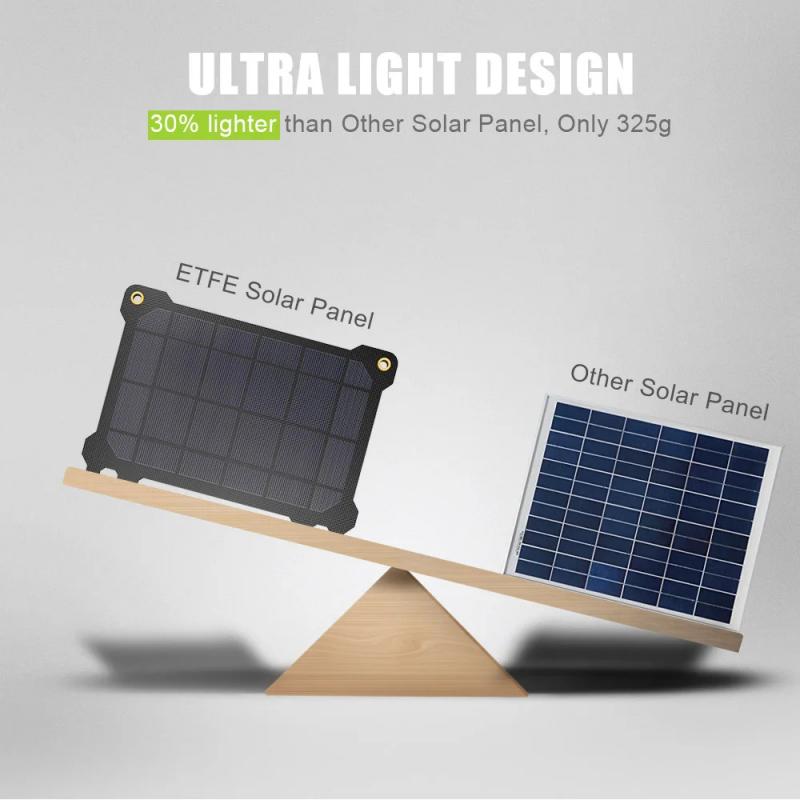
Before diving into alternative charging methods, it's essential to understand how solar panels work. Solar panels convert sunlight into electricity through photovoltaic (PV) cells. These cells absorb photons from sunlight, creating an electric field that generates direct current (DC) electricity. This DC electricity is then converted into alternating current (AC) electricity, which can be used to power homes and businesses.
Alternative Charging Methods

1. Artificial Light Sources
One of the simplest ways to charge solar panels without sunlight is by using artificial light sources. Incandescent, fluorescent, and LED lights can all provide the necessary photons to generate electricity. However, it's important to note that artificial light is less efficient than natural sunlight. The energy output will be significantly lower, but it can still be a viable option for small-scale applications or emergency situations.
- Incandescent Bulbs: These bulbs emit a broad spectrum of light, including infrared, which can be absorbed by solar panels. However, they are not energy-efficient and produce a lot of heat.
- Fluorescent Lights: These lights are more energy-efficient than incandescent bulbs and can provide a decent amount of light for solar panels.
- LED Lights: LEDs are the most energy-efficient option and can be used to charge solar panels, although the output will still be lower than natural sunlight.
2. Battery Storage Systems
Battery storage systems can store excess energy generated during sunny periods for use during cloudy days or nighttime. By integrating a battery storage system with your solar panel setup, you can ensure a continuous power supply regardless of sunlight availability. Lithium-ion batteries are the most common type used for solar energy storage due to their high energy density and long lifespan.
3. Grid-Tied Systems
Grid-tied solar systems are connected to the local utility grid. When your solar panels produce more electricity than you need, the excess energy is sent to the grid. Conversely, when your panels aren't producing enough energy, you can draw power from the grid. This setup ensures a reliable power supply without relying solely on solar energy. Additionally, many utility companies offer net metering programs, which can provide financial incentives for the excess energy you contribute to the grid.
4. Solar Generators
Solar generators are portable devices that combine solar panels with battery storage and an inverter. They can be charged using solar panels during the day and provide power during the night or cloudy periods. Some solar generators also come with the option to charge via AC outlets or car chargers, offering additional flexibility.
5. Hydropower and Wind Power Integration
Integrating other renewable energy sources, such as hydropower and wind power, can complement your solar energy system. Small-scale wind turbines or micro-hydro generators can provide electricity when solar panels are less effective. This hybrid approach ensures a more consistent and reliable energy supply.
6. Reflective Surfaces
Using reflective surfaces to direct more light onto your solar panels can increase their efficiency, even in low-light conditions. Mirrors or reflective sheets can be strategically placed to maximize the amount of light hitting the panels. While this method won't replace the need for sunlight, it can enhance the performance of your solar panels during cloudy days.
Practical Considerations
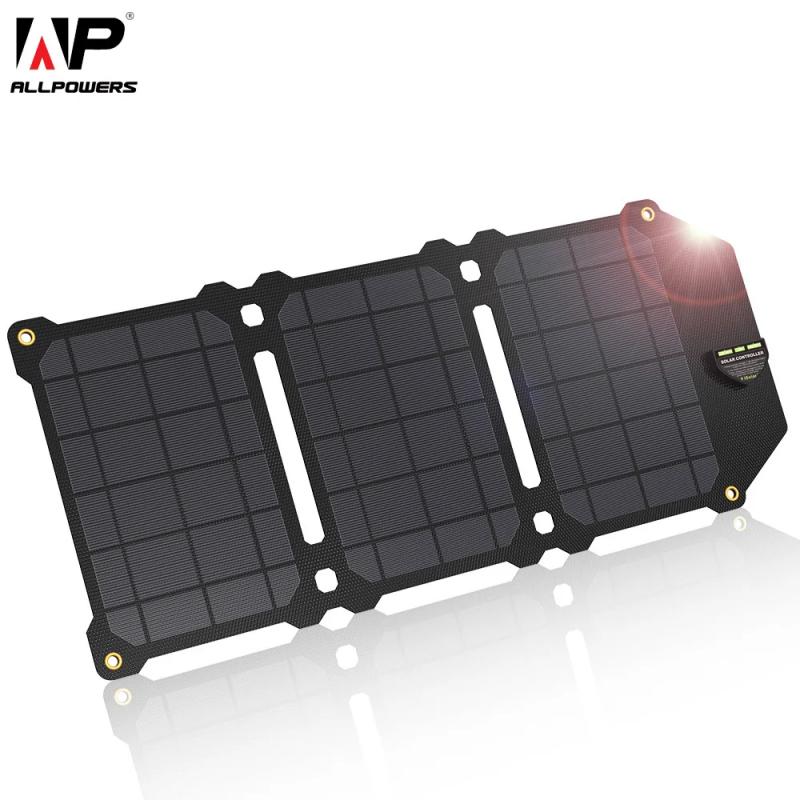
When exploring alternative methods to charge solar panels without sunlight, there are several practical considerations to keep in mind:
- Efficiency: Artificial light sources and reflective surfaces are less efficient than direct sunlight. It's essential to manage expectations and understand that these methods will not produce the same energy output as natural sunlight.
- Cost: Some alternative methods, such as battery storage systems and solar generators, can be expensive. It's important to weigh the costs against the benefits and consider long-term savings.
- Maintenance: Integrating additional systems, such as wind turbines or hydropower generators, requires regular maintenance. Ensure you have the resources and knowledge to maintain these systems effectively.
- Environmental Impact: While renewable energy sources are generally environmentally friendly, the production and disposal of batteries and other components can have environmental impacts. Consider the full lifecycle of the products you use.
Case Studies and Real-World Applications

To illustrate the practical application of these alternative methods, let's look at a few case studies:
1. Remote Off-Grid Cabin
A remote off-grid cabin relies on solar panels for electricity. During the winter months, when sunlight is scarce, the cabin owner uses a combination of battery storage and a small wind turbine to maintain power. The battery storage system stores excess energy generated during sunny periods, while the wind turbine provides additional power during cloudy days.
2. Urban Apartment
An urban apartment with limited access to direct sunlight uses a grid-tied solar system. The excess energy generated during sunny days is sent to the grid, and the apartment draws power from the grid during cloudy days or nighttime. The apartment owner also uses energy-efficient LED lights to charge small solar panels for emergency backup power.
3. Mobile Solar Generator for Camping
A camper uses a portable solar generator for off-grid adventures. The solar generator is charged using solar panels during the day and provides power for lights, cooking, and electronic devices at night. The camper also has the option to charge the generator using a car charger or AC outlet when solar energy is not available.
While solar panels are most effective when exposed to direct sunlight, there are several alternative methods to charge them without the sun. Artificial light sources, battery storage systems, grid-tied setups, solar generators, and integrating other renewable energy sources can all help maintain a reliable power supply. By understanding the limitations and practical considerations of each method, you can make informed decisions to ensure continuous energy production, even in less-than-ideal conditions.
As renewable energy technology continues to advance, new solutions and innovations will likely emerge, further enhancing the versatility and reliability of solar power systems. Whether you're living off-grid, in an urban environment, or simply looking for backup power options, these alternative methods provide valuable tools for harnessing solar energy without relying solely on the sun.


